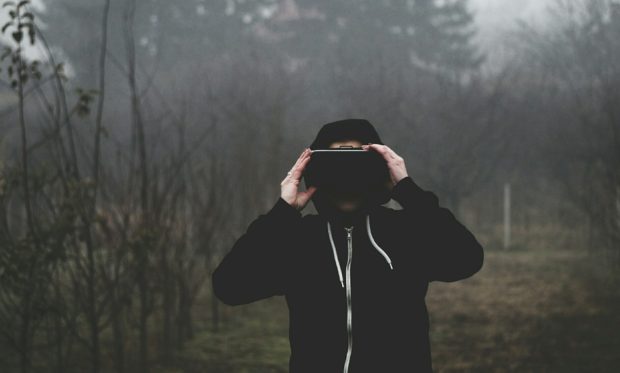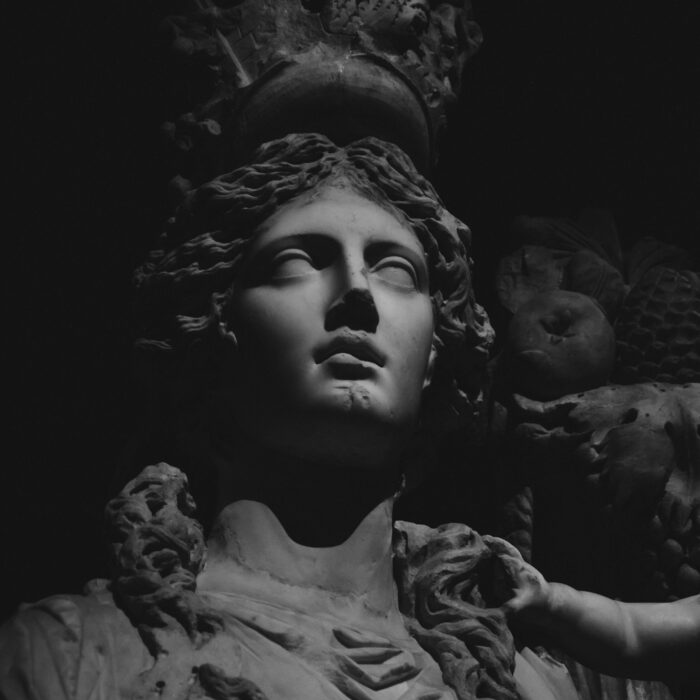You have no items in your cart. Want to get some nice things?
Go shoppingWhen we think of art and entertainment, we tend to adopt a romanticized analog view of how it should be. Painting on a canvas, writing on paper or a typewriter, and viewing in person in galleries, all of these illustrate examples of traditionalist views on the necessities of creation and experience. They also, however, demonstrate a viewpoint that can be exclusionary and elitist if taken too far.
For these elements, the role of technology in art and entertainment also has a problem. Though various tools can be powerful and lead to a broadening of horizons, they might also disconnect us, and remove the flaws that are so quintessential to the human experience. It’s a complicated balancing act, where every medium comes with its own challenges to be addressed, accepted, or denied.
The Different Forms
Before examining the arguments for and against involving tech in art and entertainment, we need to take a look at how advancements have changed the way we engage. For the average person at home, the most obvious change that tech has delivered will be found in streaming systems like Hulu. Formerly, watching movies at home required trips to the video store, renting or buying, and going through the storage process. Depending on the type of media, you might also have to worry about disk scratches or degraded tapes. Today, access and flawless high-quality playback via streaming are widely available to everyone with a high-speed internet connection.
For interactive entertainment, we could look at the popular Wordle or crosswords. In the instance of Wordle, this type of game was impossible before the internet. In crosswords, going online was another instance of convenience over a traditional system. For casinos, new online offerings like the slots Betway provides are far more convenient to play than their offline cousins. Not requiring travel or a dress code, these services also offer a much wider range than most brick-and-mortar casinos with titles like 9 Pots of Gold and Wolf Call.

On a more artistic front, we could consider what goes into the creation of paintings and poems. Without modern tech, the creation process can be messy, unwieldy, and inconvenient.What used to be a study or studio can now become a laptop or a tablet, offering a set of tools that didn’t exist un until the last few decades.
What is Purity?
When looking at the artistic and entertainment worlds, the boundaries can be blurred and ill-defined. While some projects might be deemed pure art or entertainment, much more common are those which lie on the spectrum, whose value and place are determined by the audience.
It’s just as possible to write a Haiku slowly on a mobile as it is to entertain them entirely within one’s head, but how could this affect the spirit of the haiku? Dating back to the 17th century, haikus were meant to reflect on a moment, and only then be hardcoded to a written form. Does this imply newer methods are a betrayal or do they simply use tools that the originators would have used if they had the opportunity?
In movies, another story we’ve covered is Blade Runner. Despite being set in the distant future of 2019, Ridley Scott and his cinematographer Jordan Cronenweth understood perfectly well that older analog film technology added to the grit of the final print. Sure, the sequel was built with much higher fidelity in mind, but this fidelity can lose character if not treated with a steady hand.
In terms of visual art, one of the most defining technological leaps forward we’ve seen in recent years comes from the availability and now popularity of digital art creation. As Medium reveals, the first digital art systems appeared in 1963, but it wasn’t until 2005 that we saw the power smaller devices could offer. As with the Blade Runner example, digital again provides an issue of sterility. To the trained eye, the great art of human history isn’t just the full image, it’s the story that the image tells of its creation. Individual brush strokes, corrections, and even errors relay a narrative that digital can’t match. On the other hand, digital provides infinitely more avenues for infinitely more people than traditional systems alone ever could.
Even viewing art can change thanks to technology. Virtual and augmented reality creates a new way to engage for audiences who might never otherwise have the opportunity. A flight to France from the US can easily cost over a thousand dollars. Factor in accommodation, food, and personal free time, and a trip to the Louvre might not be possible for many in real life. VR and AR could give those less fortunate a way to experience the famed museum from home, again balanced against the cost of digital versus analog appreciation.

The only conclusion that we can draw from considering these elements is that, like so much in art and entertainment, there is no one objective position. Your stance depends on what you like and love, how you were raised, your care for technology versus traditionalism, and so many factors you might not even realize color your perception. The one thing we can agree on is that getting more people involved in an appreciation of the arts and entertainment is a good thing. For growing as a human being, or just finding some happiness, we prefer to see the new age as one of promise.





